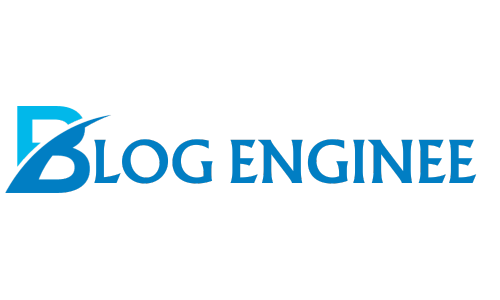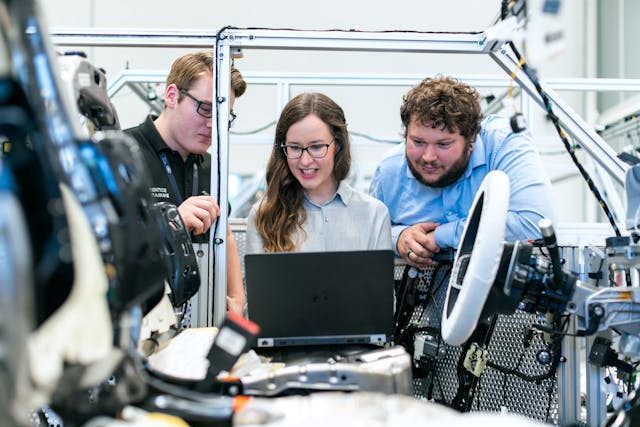In the shadowy crossroads where artificial intelligence meets human creativity, a new gatekeeper has emerged — the AI detector. This stealthy sentinel is designed to tell whether a piece of content was crafted by a human hand or conjured from the depths of a machine’s neural mind. It’s not a character from a cyber-thriller but a real tool now used across schools, media houses, and even legal systems to separate silicon-born text from that of flesh and bone.
But how exactly does this AI detective work, and why has it suddenly taken center stage in our tech-savvy world?
The Invisible Fingerprint of AI
Every writer has a style — a linguistic fingerprint. So does AI. When it writes, it tends to follow patterns, even when it’s trained to mimic Shakespeare, Tolkien, or your favorite blog writer. An AI detector scans a given text and hunts for these hidden signals. It looks at things like sentence predictability, word variation, structure uniformity, and even tone consistency. If the writing flows too perfectly or lacks the delightful messiness of human imperfection, suspicions are raised.
These tools don’t just guess. They use mathematical models, such as entropy scoring and token randomness, to evaluate content. The lower the randomness, the higher the chance a machine was involved. Think of it as a literary polygraph test—only it doesn’t just detect lies, it detects who or what might be telling them.
Why AI Detection Matters
The explosion of generative AI has revolutionized industries. From students submitting AI-generated essays to freelancers offering chatbot-written blogs, the landscape of content creation has transformed overnight. With the power to generate hundreds of words in seconds, AI threatens to blur the lines of originality.
Educators worry that students may rely more on bots than books. Publishers want to ensure content remains authentic. In each scenario, the AI detector has become an essential guardian.
Imagine a world where job applications are ghostwritten by bots. Interviews are passed with auto-prompted responses. Even love letters are typed by emotionless algorithms. The AI detector acts as a moral compass, guiding institutions and individuals back to the truth of authorship.
The War of Wits: AI vs AI Detector
It’s a digital arms race. As AI tools like ChatGPT or Claude grow more sophisticated, AI detectors must evolve too. Others throw in grammatical errors or deliberately shift tone to bypass detection. In response, detectors have begun using deep learning to catch even the subtlest traces.
This game of cat and mouse is ongoing. Some experts even suggest that one day, AI might be able to write content so human-like that detectors become obsolete. But until then, the arms of AI detection will keep reaching further.
Are AI Detectors Always Right?
Not at all.
While powerful, AI detectors aren’t infallible. They operate on probabilities, not certainties. Sometimes, highly structured human writing can be flagged as AI-generated. Other times, cleverly disguised AI content might slip through undetected. This margin of error has sparked debate. Should they be the final word in legal or academic disputes?
That’s why many institutions use them as a first filter, not the final judge. Some even blend AI detection with plagiarism scanning for a more robust review.
The Ethics of Detection
The rise of KI detector also brings ethical questions. Are we stifling creativity by assuming anything polished is artificial? Should people be required to disclose AI-assisted writing? Some creators argue that using AI is just like using a spell checker or a thesaurus — a tool to improve expression. Others believe that unless you disclose the machine’s role, it’s dishonest.
What’s certain is that transparency is becoming the new authenticity.
Looking Ahead: A Future of Coexistence?
Rather than fighting it, some suggest we should embrace a hybrid future — one where human minds and AI tools co-create. In such a world, the AI detector doesn’t serve as a watchdog but as a quality checker, ensuring AI assistance stays ethical and effective.
It’s likely that AI-generated content will soon require watermarks — hidden tags or identifiers that reveal machine authorship. OpenAI, for instance, has explored such options. This might reduce the need for post-creation detection altogether.
Until then, the AI detector will keep scanning, analyzing, and whispering its verdicts in the ears of curious humans.





